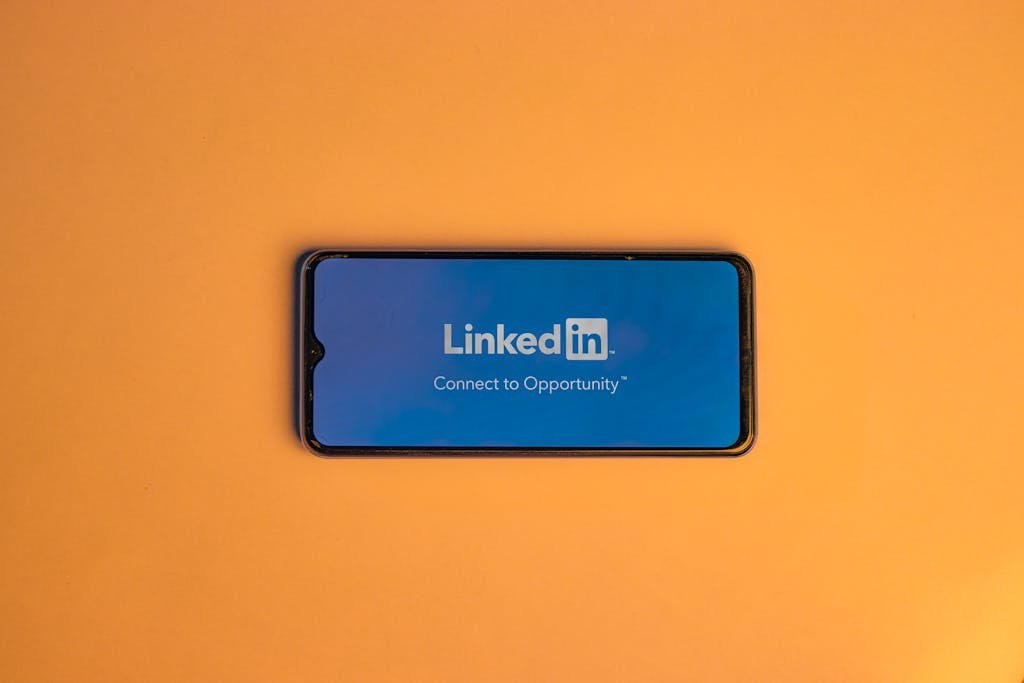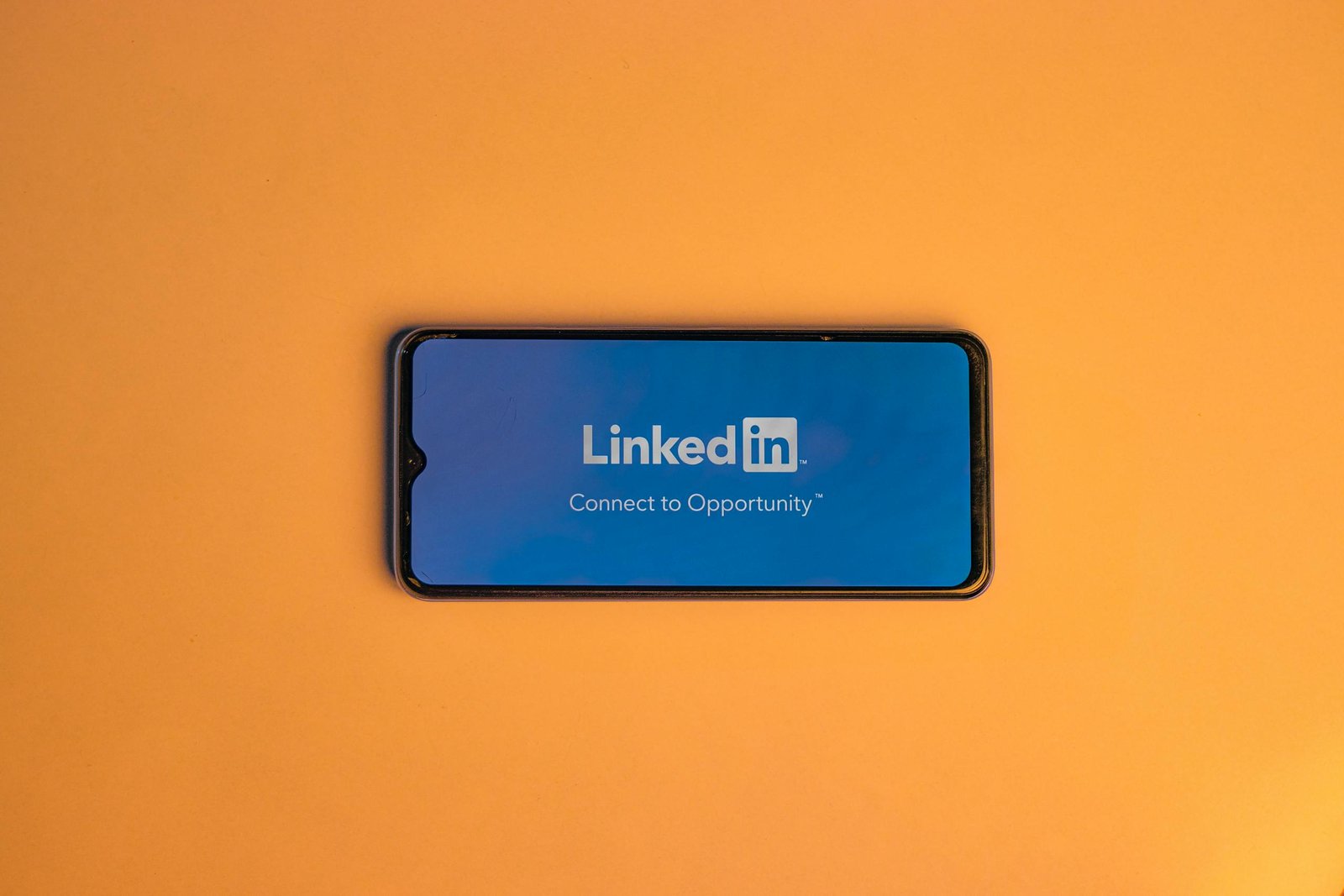LinkedIn is an invaluable tool for job seekers in today’s digital age. With over 900 million members in more than 200 countries and territories, it provides a platform to connect with professionals, showcase your skills, and discover job opportunities that align with your career goals. Whether you are a recent graduate entering the workforce, a seasoned professional seeking new opportunities, or someone looking to switch careers, leveraging LinkedIn can significantly enhance your job search efforts. This blog post will guide you through the essential steps to optimize your LinkedIn profile, expand your network, and strategically use LinkedIn features to land your dream job.

1. Optimize Your LinkedIn Profile
Your LinkedIn profile is your digital resume and the first impression potential employers will have of you. It’s essential to create a compelling and professional profile that highlights your skills, experiences, and career aspirations.
Create a Strong Headline
Your headline is one of the first things people see on your profile. Make it concise and descriptive. Instead of just stating your job title, consider adding a bit about your skills or what you’re looking for. For example, “Marketing Manager | Specializing in Digital Strategy and Brand Development” is more engaging than just “Marketing Manager.”
Professional Photo
Profiles with photos are significantly more likely to receive views. Use a high-quality, professional-looking headshot. Dress appropriately for your industry and ensure the background is clean and uncluttered.
Compelling Summary
Your summary should be a brief narrative about who you are, your professional journey, and what you’re passionate about. Use this space to showcase your personality, career highlights, and what you’re looking for in your next role. Make it engaging and personal.
Detailed Experience Section
List your work experiences in reverse chronological order, starting with your most recent job. For each position, include a brief description of your responsibilities and highlight your achievements using specific metrics and outcomes. This helps potential employers understand your impact and capabilities.
Skills and Endorsements
Add relevant skills to your profile and ask colleagues or supervisors to endorse you for these skills. Skills with more endorsements appear more credible to recruiters. LinkedIn allows you to list up to 50 skills, so make sure to include both hard and soft skills relevant to your field.
Recommendations
Recommendations from colleagues, supervisors, or clients can add significant value to your profile. Reach out to your connections and politely request recommendations, offering to reciprocate where appropriate.
2. Expand Your Network
Networking is a crucial part of any job search. LinkedIn makes it easy to connect with professionals in your industry and beyond.
Connect with Colleagues and Alumni
Start by connecting with current and former colleagues, classmates, and alumni from your educational institutions. These connections can provide valuable insights and potentially introduce you to job opportunities.
Join LinkedIn Groups
Participate in LinkedIn groups related to your industry or interests. Engaging in group discussions can help you stay updated on industry trends, share your expertise, and connect with like-minded professionals.
Follow Companies and Influencers
Follow companies you’re interested in working for to stay updated on their latest news and job openings. Additionally, follow industry influencers and thought leaders to gain insights and expand your knowledge.
Engage with Content
Like, comment, and share relevant content. Engaging with posts increases your visibility on the platform and can lead to meaningful connections with other professionals.
3. Utilize LinkedIn’s Job Search Features
LinkedIn offers several tools and features designed to help you find job opportunities and get noticed by recruiters.
Job Alerts
Set up job alerts to receive notifications about new job postings that match your criteria. This ensures you’re among the first to apply when new opportunities arise.
Easy Apply
Many job listings on LinkedIn feature an “Easy Apply” button, allowing you to apply directly with your LinkedIn profile. Ensure your profile is fully optimized and up-to-date to make a strong impression with this feature.
Open to Work Badge
Activate the “Open to Work” feature on your profile. This lets recruiters know you’re actively seeking new opportunities. You can customize who sees this badge to include only recruiters or your entire network.
Use LinkedIn Premium
Consider upgrading to LinkedIn Premium. This subscription service offers additional features such as InMail credits, insights on who’s viewed your profile, and access to LinkedIn Learning courses. Premium members also receive visibility boosts, which can help you stand out to recruiters.
4. Leverage LinkedIn Learning
Continuous learning is essential in today’s fast-paced job market. LinkedIn Learning offers a vast library of courses across various fields and industries.
Upskill and Reskill
Identify skills that are in demand in your industry and take relevant courses to enhance your qualifications. Completing these courses can make you more attractive to potential employers.
Certifications
Many LinkedIn Learning courses offer certifications upon completion. Display these certifications on your profile to showcase your commitment to professional development.
5. Prepare for Interviews with LinkedIn
LinkedIn can also be a valuable resource when preparing for job interviews.
Research the Company
Visit the company’s LinkedIn page to learn about their mission, values, recent news, and company culture. This information can help you tailor your interview responses and show that you’ve done your homework.
Connect with Current Employees
If you have connections who work at the company, reach out to them for insights about the interview process and what the company is looking for in candidates. Their insider knowledge can give you a competitive edge.
Review the Interviewer’s Profile
If you know who will be interviewing you, review their LinkedIn profile. This can help you find common ground and tailor your responses to align with their interests and expertise.
6. Showcase Your Work and Achievements
LinkedIn allows you to display samples of your work and achievements in the “Featured” section of your profile.
Upload Work Samples
If you have projects, presentations, or articles that demonstrate your skills, upload them to your profile. This can provide tangible evidence of your abilities and accomplishments.
Highlight Achievements
Use the “Accomplishments” section to list your honors, awards, publications, and other notable achievements. This adds credibility to your profile and showcases your expertise.
7. Engage in Thought Leadership
Position yourself as a thought leader in your field by sharing insights, writing articles, and participating in discussions.
Publish Articles on LinkedIn
Write and publish articles on LinkedIn about topics relevant to your industry. This demonstrates your expertise and can attract the attention of recruiters and potential employers.
Share Industry Insights
Regularly share articles, reports, and updates about your industry. Adding your commentary and insights shows that you’re knowledgeable and engaged in your field.
Participate in Discussions
Engage in meaningful discussions in LinkedIn groups and on your feed. This can increase your visibility and help you connect with other professionals who share your interests.
Conclusion
Leveraging LinkedIn effectively can significantly enhance your job search and career development efforts. By optimizing your profile, expanding your network, utilizing LinkedIn’s job search features, engaging in continuous learning, preparing for interviews, showcasing your work, and positioning yourself as a thought leader, you can unlock new opportunities and achieve your career goals. Remember, the key to success on LinkedIn is consistent and strategic action. Stay active, be authentic, and always look for ways to add value to your network. Happy job hunting!





